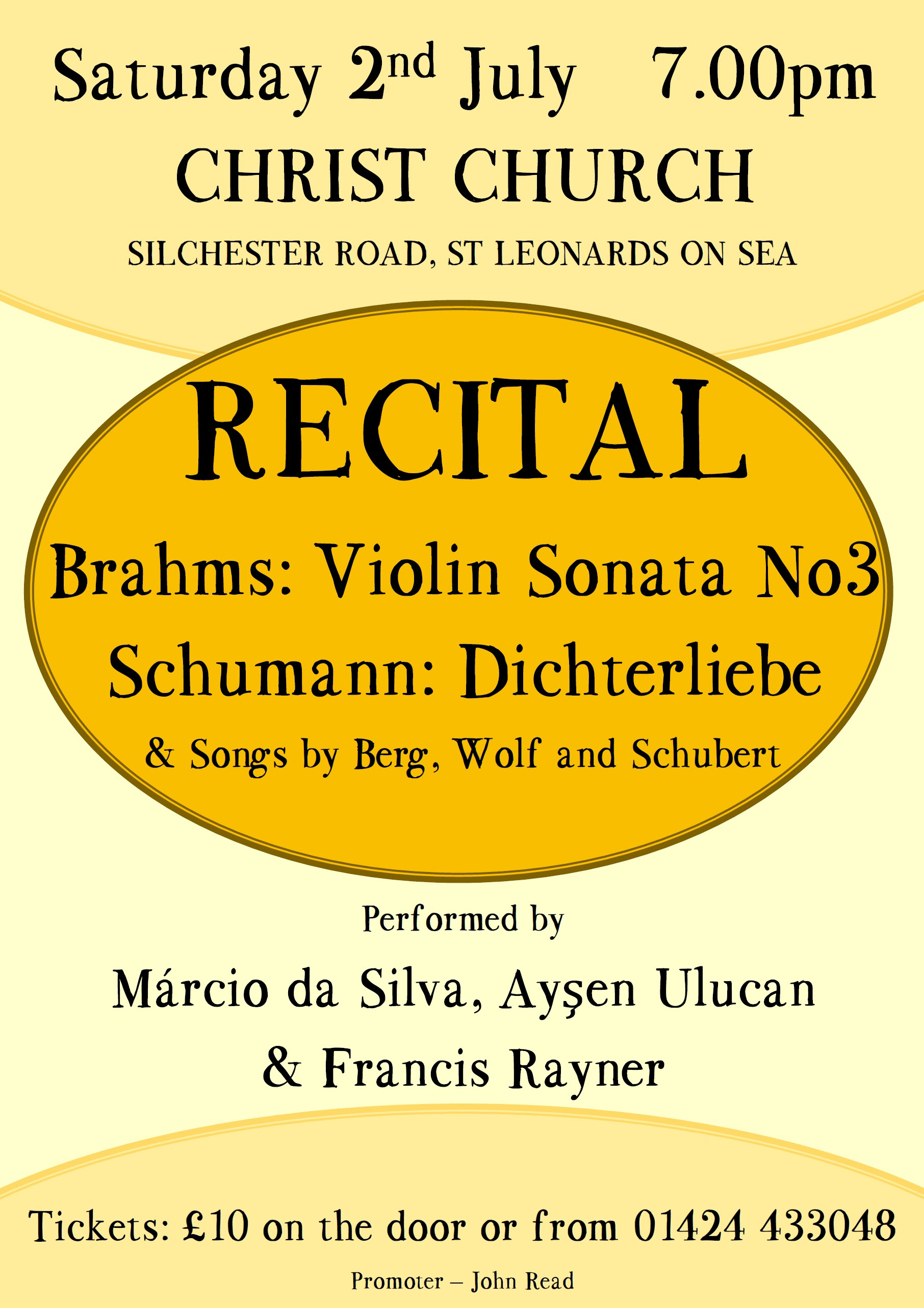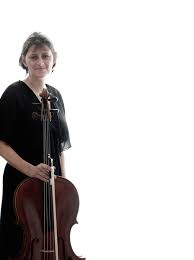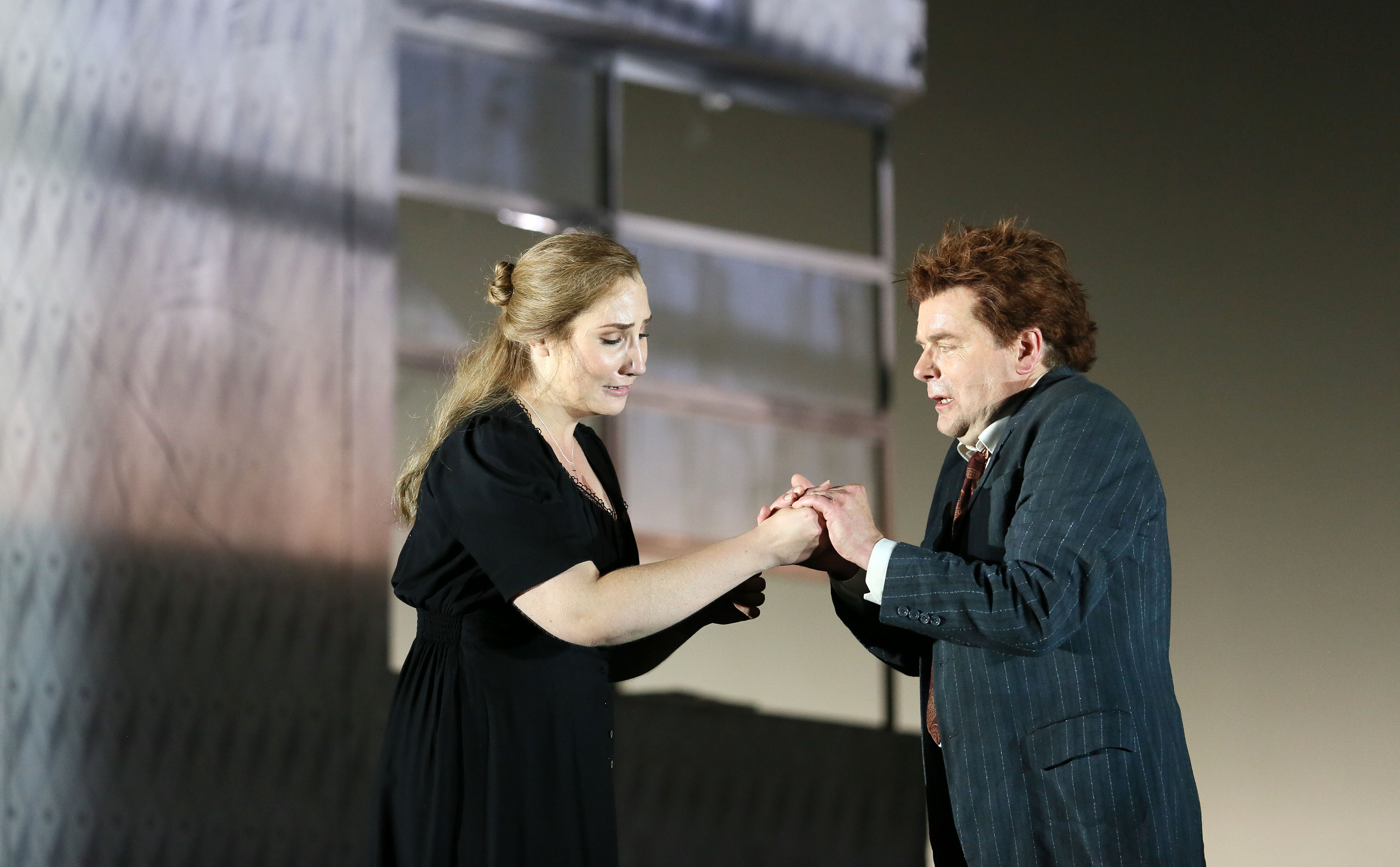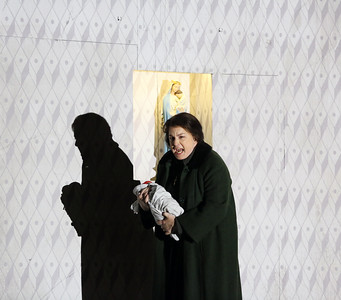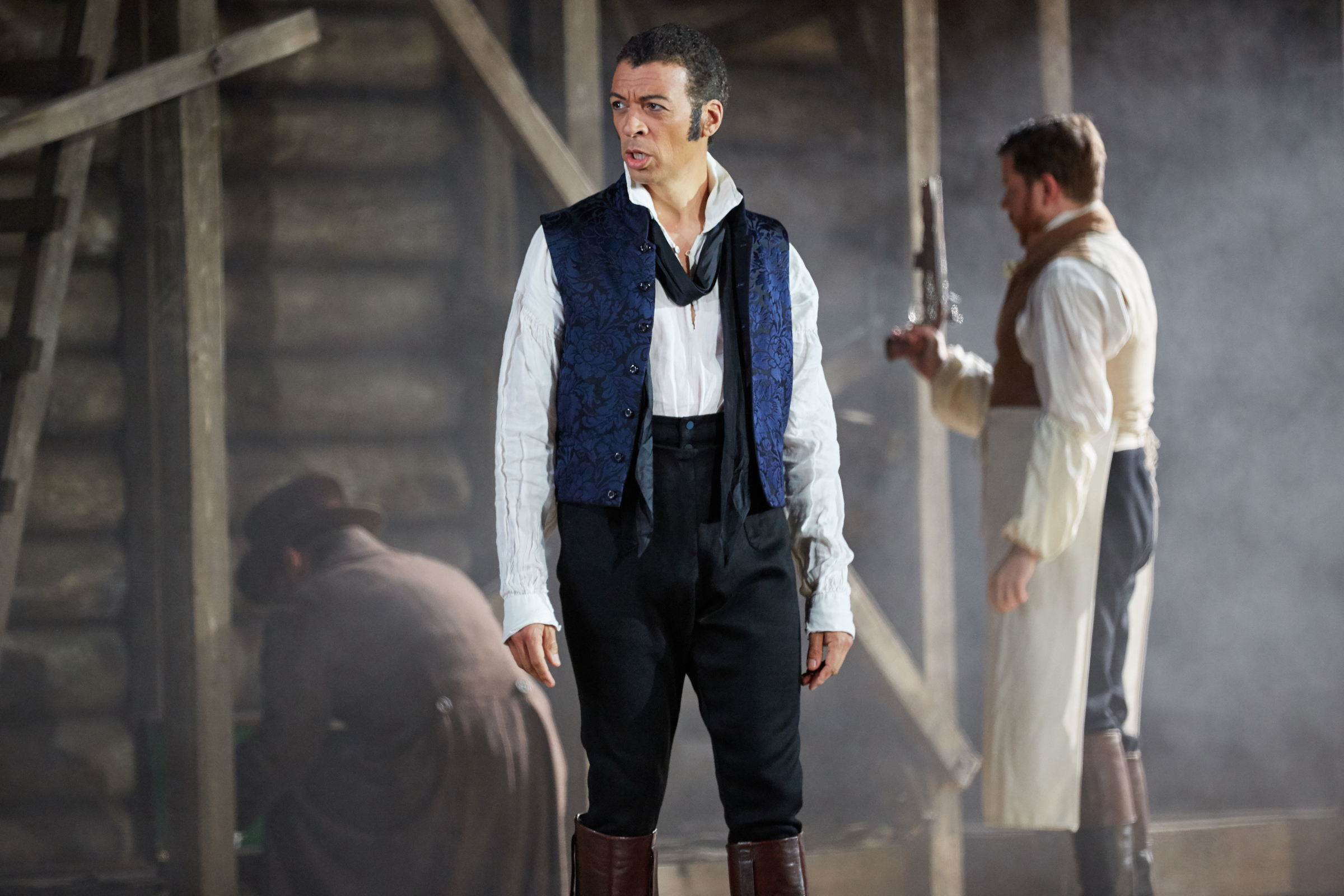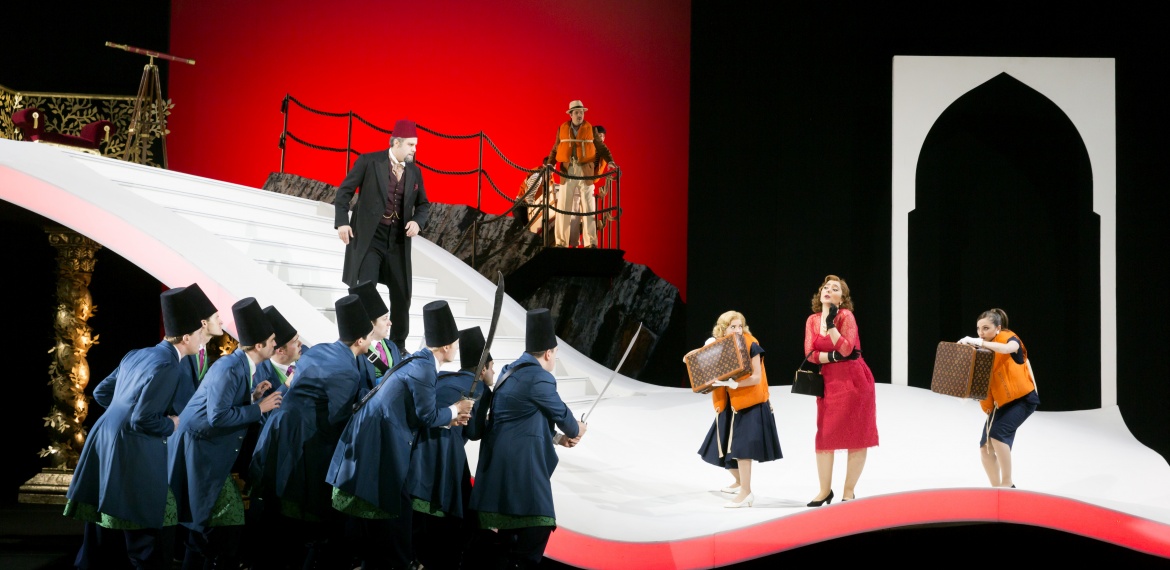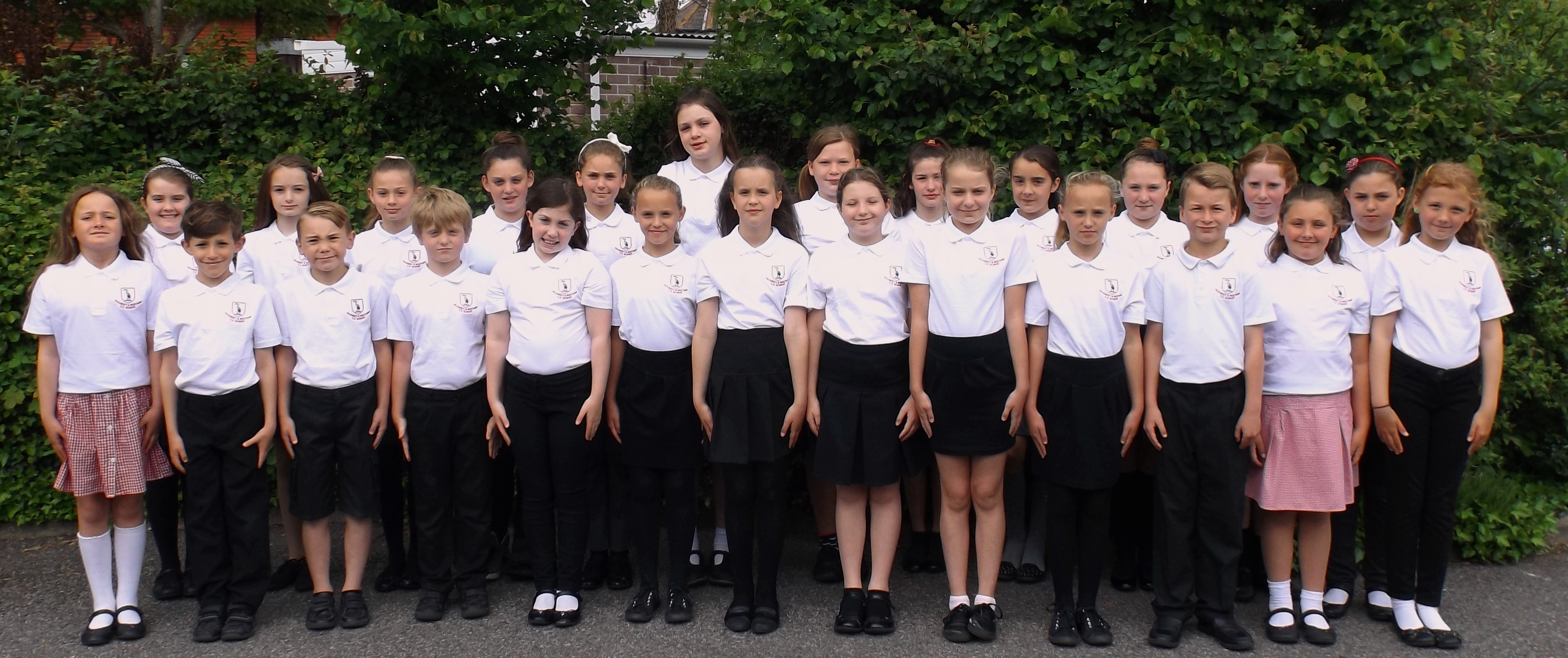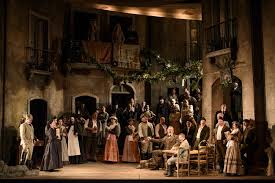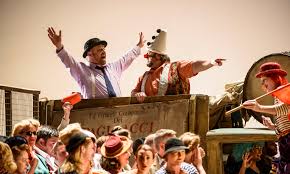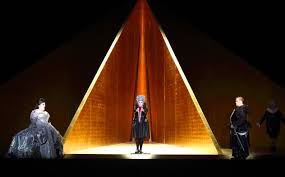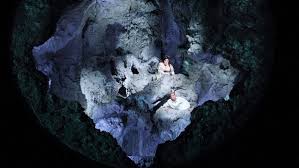For those of us who have enjoyed Marcio da Silva’s singing at the Christmas Concerts here is a chance to hear him in more serious vein. Don’t miss it!
Monthly Archives: June 2016
Catherine Rimer @ St Nicolas Pevensey
Sunday 26 June 2016
At the end of the concert Catherine Rimer admitted that the two works she had played were on her bucket list – and that she had been fearful of approaching them – not that we would have been aware of any trepidation from the playing or the emotional intensity she brought to Bach and Britten.
She opened with the fifth of Bach’s six suites for solo cello. This is probably the least performed of the set though there is little reason for this given the magnificence of the writing throughout. She was playing on a baroque instrument of c1750 which was both tuned down, compared with standard orchestral tuning today, and has a flattened top string. Both of these made the work darker and warmer to the modern ear.
This warmth was very obvious in the opening Prelude which fed over into the grace and easy phrasing of the Allemande. If the Courante was slightly more extrovert, we returned to introspection with the mournful not to say melancholic strains of the Sarrabande. The two Gavottes had a lightness and gently fluidity which led into the Gigue which, if not totally joyful, is certainly moving in that direction.
The second work proved far more challenging. Britten wrote the three cello sonatas for Rostropovich and they are technically demanding as well as asking a lot of the audience. After a brief but complex snatch of melody which is not fully developed we move into a whimsical Fugue, which seems to model itself on Bach, before a long keening Lament which has real lyricism and overt emotion. The song melody returns again briefly before an edgy pizzicato Serenade and a strident March. Both of these prove more demanding than the opening movements but more is to come for the Bourdon is dense and serious, requiring the soloist to create unconventional tones before we return to a Moto perpetuo which flows into a final brief recapitulation of the song. It is not an easy work, and for many this would be their first hearing. It may have been better to have played the pieces the other way round.
None of these concerns should however reflect on the quality of Catherine Rimer’s performance of either works, which was moving and often very beautiful. This was not her first visit to St Nicholas and let us very much hope it will not be the last.
ENO: Jenufa
London Coliseum, 23 June 2016
This is the third revival of David Alden’s production and it seems to bounce back better on each occasion. The expressionist approach to the staging serves Janacek’s work well and puts all of the focus on the character relationships. Laura Wilde was making her European and ENO debut in the title role and was touchingly successful. Her calm authority and gentle joy in the third act was immensely impressive, and her singing throughout was warm and passionate, easily filling the theatre.
Nicky Spence was a rather wild Steva in the first act but found more control in the later scenes to give us a more complex and credible figure. Peter Hoare’s Laca grows in stature as the evening progresses and his deep humanity, lost in the machine shed of the opening act, finally comes to its own in the tender final duet.
However, it is Michaela Martens’ Kostelnicka which galvanises the evening. Her vocal characterisation is thrilling throughout and the act two soliloquy is terrifying in its intensity.
The smaller parts were all well cast, with a splendid Mayor’s Wife from Natalie Herman.
Mark Wigglesworth’s reading of act one was rather laid back but he brought a better sense of pace to act two and three, with a well-structured and moving finale.
Yet again, ENO has shown that it has the resources to mount outstanding productions when all the parts are in place.
Verdi Requiem
Canterbury Cathedral, 18 June 2016
Yes, it’s Verdi’s greatest opera. The passionate intensity, the astonishingly colourful orchestration (the piccolo cutting across the bass drum, for instance), the frequent use of unexpected minor keys and haunting rhythms, and the dramatic use of quartets and reprises all remind us that opera was Verdi’s day job.
And this powerful, popular work was in pretty good hands under Richard Cooke in a packed Cathedral. After a slightly shaky start – that sotto voce opening is notoriously difficult to do from cold especially in a venue with such a time lag – it settled into its stride as soon as it reached the firmer ground of Te decet hymnus.
Highlights included a Dies Irae perfomed as dramatically as I’ve ever heard it – enough to terrify even the staunchest unbeliever with every detail, especially in the woodwind, carefully allowed to push through the texture in the tenser passages. In Tuba mirum, the trumpets were temporarily placed prominently on either side of the choir – the effect being very persuasive. The choir was in fine collective voice and it was a delight to see the relatively new CCS Youth Choir, some of them very young, singing among the adults.
Sam Furness brought unusual sweetness as tenor soloist, especially in the Ingemiso tanquam and Offertorio and mezzo Katie Bray found plenty of claret-like richness especially in the lower notes of Lux Aeterna. Slightly (but only slightly) less successful was Michael Pearce as bass, although his Mors stupedit had real impact. Soprano Judith Howarth had her moments but occasionally seemed to be strained and her opening of Libera me was disappointingly lacking in tremulousness.
Of course the RPO is a fine orchestra and their presence raised the bar even above the standard which Canterbury Choral Society routinely achieves. Particularly impressive was the way Cooke ensured that their strength never overpowered the choir (who are assisted by very steep and high raking so that they were positioned well above the orchestra). Moreover he brought out many parts which usually go unnoticed. The Agnus dei moved me to tears, as it usually does, and that was heighted by hearing a string passage tucked into the texture which I’d never before heard stressed like that.
Cooke is very used to working in the Cathedral and to dealing with its poor acoustic. Magnificent building as it is, a concert hall it is not. Cooke waited longer than usual on every pause to let the sound die away completely, and there was a wonderful unrehearsed moment at the end when just as the final note was played the Cathedral clock struck nine as if it was joining in. Cooke kept his baton raised until that sound had died away too.
Susan Elkin
Garsington Opera at Wormsley 2016
The Wormsley Estate seems to have a micro-climate all of its own. While most of England seemed to be battered by storms, the Buckinghamshire valley was remarkably quiet, with the lightest of gentle showers just occasionally reminding us of how nasty it was elsewhere.
I realised as we arrived for L’Italiana in Algeri that we have been coming to Garsington Opera now for twenty years and the changes in that time are quite remarkable. Not only do they now have a stable and substantial theatre from which to work (I realise it is called a pavilion but it functions like any other theatre in the country and pavilion gives quite the wrong implication) but the quality of performances is regularly on an international level with singers and productions which would not be out of place in any major opera house throughout the world. Michael Boyd’s production of Eugene Onegin was a good case in point. Here was opera theatre at its best, with the focus on the narrative superbly supported by director, designer, conductor and singers. Tom Piper uses five vast units which are made up of split logs on one side, with sets of wooden stairs and supports on the other.
For much of the first half of the opera, which is set in the Russian countryside, this is entirely apt, with both internal and external scenes warmly surrounded by the wooden walls. The stairs allow characters to appear above the stage as well as within the more claustrophobic interiors, and for the duel scene turn to become a vast barn.
The coup comes in the final scenes when the units turn again to reveal a vast gilded mirror, across the full width of the stage, a stark reminder not only of the social split between country and city but of the quality of life within the city and the way it quite literally reflected the hollowness of Onegin’s personality.
Yet most of this could easily be taken for granted within the rapid movement of Michael Boyd’s production which created entirely credible characters. Much of this reflects his many years of work with the RSC where the concept of the soliloquy mirrors the operatic aria. As a consequence characters are regularly allowed to simply stand and sing, with no extraneous business to interfere with the emotional rapport. This is a great asset yet one which is all too rare today. Not that he was afraid of challenging where it was needed. The duel scene has a superb double-bluff at the end when Onegin falls, shot in the shoulder, before realising that Lenksy is also wounded, but in this case, fatally.
It is the relationship between Lensky and Onegin which lies at the heart of the interpretation, for Lensky’s ghost is present for the whole of the rest of the evening. It never upstages the action but reminds us that the emotional relationship between the two men was stronger than that of Onegin for Tatyana.
Vocally it was an immensely impressive evening with Natalya Romaniw outstanding as Tatyana and Roderick Williams giving one of his finest performances as Onegin. They were joined by Oliksiy Palchykov as a lucid Lensky and Brindley Sherratt as the finest Gremin I can ever recall.
The chorus were as fine as ever, and only the dancing caused any concern. The choreography was out of keeping with the rest of the production, particularly in the opening act where it was anything but rustic.
Douglas Boyd’s conducting was full bloodied and romantic without ever tipping over into sentimentality. A glorious evening which was being recorded. Let us hope this might find its way to DVD eventually – it certainly deserves it.
I wish I could be as enthusiastic about L’Italiana in Algeri. There was much fine singing on show with Mary Bevan outstanding as the put upon Elvira and Luciano Botelho as a light voiced but engaging Lindoro. Ezgi Kutlu amused as Isabella and had the presence for the comedy. The difficulty is the work itself which – without wishing to be over politically-correct – has a lot of very dubious nuances in the plot. Added to this, presenting the Mustafa as Douglas Fairbanks Jnr did not really help matters. The fascinating design by George Souglides set the whimsical tone of the evening, and we were presented with another of Garsington’s wonderful ships (I begin to wonder if they have a job-lot in store which they can use whenever necessary!) David Parry’s conducting was brisk, bright and engaging as were the male chorus who appeared, as ever, to be thoroughly enjoying themselves. The second half moves more purposefully than the first, but, even for Rossini, this really is not a great piece – but then this is one of the benefits of summer festivals as we can enjoy what there is even if we would not like it regularly in the repertoire.
Idomeneo and The Creation still to come this summer, and a full programme already announced for next year.
The True St. Nicolas
St. Nicolas Church Pevensey 11 June 2016
This concert featured the world première performance of an especially composed six part Cantata’ – ‘The True St Nicolas’, to celebrate the 800th anniversary of St Nicolas Church, Pevensey. The piece was composed for sixty combined voices of Hailsham Choral Society, celebrating its own 55th anniversary, and children from Pevensey and Westham School.
The exciting new cantata from established Sussex based professional composers Ruth Kenward and Martin Neill, ‘The True Saint Nicolas’ had its first performance at Saint Nicolas Church, Pevensey, on Saturday June 11t . Appropriately it has been written for children to sing with adults. Here for the first ever performance it was children from Pevensey & Westham Primary School with members of Hailsham Choral Society.
The school choir was especially formed for this performance – the first choir at the school in twenty-five years. They sang wonderfully with clear diction and confidently, with tuneful expression throughout. It was an outstanding performance by the choir of eight to eleven year-olds under the baton of Josick Kotz. The balance between the adult and children’s voices was perfect in the excellent acoustics for which St. Nicolas church is renowned.
The 20-minute piece which followed a spirited and vibrant performance of Haydn’s ‘St. Nicolas Mass’ (Missa Sancti Nicolai – Mass no. 6 in G Major) by the Hailsham Choral Society opened with the children asking the adults to tell them the story of the real ‘Santa Claus’. They are led on a journey through a series of miraculous events attributed to Saint Nicolas, some of them more fictitious-sounding than others! The character of the man himself is revealed through the stories told and, by the end, the children recognise the link between the generous nature of both Father Christmas and the true Saint Nicolas. Matthew Johns
WNO: Cav & Pag
Birmingham Hippodrome, Saturday 11 June 2016
Seventy years ago WNO mounted its first full scale production of Cavalleria Rusticana and I Pagliacci. It was fitting therefore to revive the most recent productions in this anniversary year, and invite Carlo Rizzi back to conduct after his long association both with the company and this particular staging.
Today Elijah Moshinsky’s approach seems comfortably old-fashioned and lacking in provocation, but it does allow singers scope for individuality and the chorus to show their exemplary strengths. Camilla Roberts is a fine Santuzza, making much of the claustrophobic setting which hems her in and reacting impressively to the spite of the chorus. Her duet with Turiddu was one of the highlights of a fine evening and her final despair left us in no doubt that there was never going to be a happy ending. Anne-Marie Owens made a gentle Mama Lucia, for ever picking up the pieces.
If Meeta Raval’s knowing Nedda meets a far stickier end in I Pagliacci it is difficult not to think that she had it coming to her. Her brazen approach gave her a sharpness of character which helped to heighten the tension throughout, though Gyula Nagy, as her lover Silvio, seemed ill at ease throughout and was vocally restrained.
The key to both operas lay with the two male leads. David Kempster was an unusually authoritative Alfio, far richer than is often the case, which makes him a much more persuasive foil for Turridu. If he was suave as Alfio, the vitriol came to the fore as Tonio, though the prelude was sung with great bravura. Gwyn Hughes Jones was indisposed and Peter Auty took over at short notice – not that anybody would have noticed as he brings such beauty of line and sense of presence to everything he does. This was an outstanding performance by any standards.
Carlo Rizzi knows these score very well and brings an easy romanticism to them which never strains towards sentimentality or goes over the top.
This was the final night of the Welsh season – with two performances of In Parenthesis to come at Covent Garden in July. We can look forward to Macbeth opening in September – and the start of the next seventy years.
BBC ARTS ONLINE ENABLES GARSINGTON OPERA TO REACH WIDER AUDIENCE
BBC Arts Online is enabling Garsington Opera to reach a wider audience. Short clips of their 2015 production of Così fan tutte are now available to view at http://bbc.in/1VOILjc . Later in the month their acclaimed production of Eugene Onegin, currently in repertoire, will be available.
Eugene Onegin will be screened to Skegness (2 July), Ramsgate (23 July), Bridgewater (20 August) and Grimsby (30 September) as part of the Garsington Opera for All programme. In each location a large-scale programme of education and outreach work is firmly integrated with the digital free public screenings and provides ground breaking opportunities for communities to be involved in creating, learning about, and performing opera.
Opera for All is a three-year partnership project between Garsington Opera, the charitable trust Magna Vitae, and the Coastal Communities Alliance, and is supported by Arts Council England’s Strategic Touring Fund.
Nicola Creed, Executive Director of Garsington Opera said: We are delighted to be making opera available free of charge potentially to thousands of people. This is an important addition to our outreach programme and we are thrilled to be launching opera from Wormsley on BBC Arts Online.
ENO: Tristan and Isolde
London Coliseum, Thursday 9 June 2016
Wagner productions have almost priced themselves out of the market, so we have to treasure them when they do come along. If ENO are still somewhat under a cloud, the new Tristan and Isolde should go a good way towards restoring morale. Though not perfect – what Wagner production could ever be? – there are so many good things going for it they far outweigh any smaller niggles. For Daniel Kramer this was baptism by fire. Not only was he directing a major opera for the first time at ENO, this was to be his first work since being appointed Artistic Director. That he comes out of it with considerable aplomb is a tribute both to himself and the company. The highest compliment to pay has to be his sensitivity to the score itself. Nothing he asks of his soloists gets in the way of the music or the text. Where so many modern productions are intellectually or politically apt, they too frequently do so at the expense of the score. Daniel Kramer always allows his singers to explore the characters and to communicate them through the music. Even where we may disagree with the approach – and the Waiting for Godot overtones for Kurvenal are certainly challenging – the character is never asked to do anything out of kilter with the score.
He is fortunate to have some of our best singing actors to ensure his ideas are met. Stuart Skelton is as fine a Tristan as we can ask for today. A true heldentenor who has surprising levels of sensitivity and vulnerability without the need for unmusical extravagance in the voice. He has more than sufficient reserves for the final act, and his warmth in the love duet was most impressive. After fifty years of Tristan performances his is, in my experience, one of the finest and we are lucky to have heard him.
If Heidi Melton has yet to find the full flowering of Isolde she certainly made a fine start. Her attack and vitriol in act one were superb and she warmed to Tristan in act two without becoming over harsh at the top of the voice. Surprisingly the Liebestod was underpowered but this may have been first night nerves.
There were no smaller parts on this occasion. Craig Colclough was a rugged Kurvenal even if his characterisation was unexpected. The third act was particularly moving as he became almost the faithful guard dog to his wounded master. Karen Cargill’s Brangane was superb throughout, and I am waiting for the BBC broadcast to focus on her warning as it was somewhat upstaged by the visual effects during the love duet. Matthew Rose was un-necessarily aged but sang with middle-aged authority even when surrounded by beds and superfluous medical staff at the end of act two.
The orchestra under Edward Gardner were superb, the strings particularly effective in weight and depth. At the end of the evening there were cries of Come back as he took his curtain call. You may think that – I couldn’t possibly comment.
If I have left Anish Kapoor’s designs and the video design to the end it is essentially because so much has been written about them already. I was fortunate enough to be sitting centrally so had no problem with either sight lines or acoustic, but I accept that those at the sides had a very different experience from those of us fortunate enough to see the whole stage. There has not been a good history of artists working for stage design – David Hockney being very much the exception – so I have to admit to being initially concerned. His designs certainly work well and give a monumental sense of place. The only surprise is act three, where a grey drop curtain in front of the massive cave-like structure of act two is all we have. That the act works so well is down to Stuart Skelton’s singing and Daniel Kramer’s sensitive direction.
And what happens at the end? Many years ago I recall a Peter Hall production in which Tristan rose again behind Isolde. It was a thrilling, magical, moment. But what is happening here? After an evening almost obsessed with drug taking (essential to the plot so not in itself a problem) and madness, we seem to be given the most naturalist and yet optimistic of endings. Both Tristan and Isolde have long grey hair. The servants are equally old even if Mark is unchanged. Tristan retreats into the act two cave, where Isolde appears, equally grey haired. She then appears to die of a heart attack. So what is the Liebestod? It appears to be the continuation of love after death, overcoming the potential impact of drugs and society. If this is what Daniel Kramer intended it is wonderfully effective. I only hope we get a chance to see the production again once he has had time to smooth out the minor problems. With him in charge maybe ENO has turned a corner.
GARSINGTON OPERA EXTENDS TO FOUR PRODUCTIONS FROM 2017
In 2017 Garsington Opera will extend to an eight week season from Thursday 1 June – Sunday 30 July. The main season will expand from three to four opera productions annually, and will see the start of a partnership with the Philharmonia Orchestra. In addition, next year there will be a large scale, newly commissioned community opera.
The season will open with a new production of Handel’s Semele to be conducted by Jonathan Cohen with Annilese Miskimmon directing. The Philharmonia Orchestra will be joining for a new production of Pelléas et Mélisande with conductor Jac van Steen and director Michael Boyd. John Cox’s celebrated production of Le nozze di Figaro will be recreated for the Wormsley stage, conducted by Douglas Boyd , and Martin Duncan’s acclaimed production of Rossini’s Il turco in Italia will be conducted by David Parry.
Silver Birch, a new commission by composer Roxanna Panufnik and librettist Jessica Duchen, uniting professional artists with 170 members of the local community, will be presented by Garsington Opera’s Learning and Participation programme. It will be conducted by Douglas Boyd and directed by Karen Gillingham.

